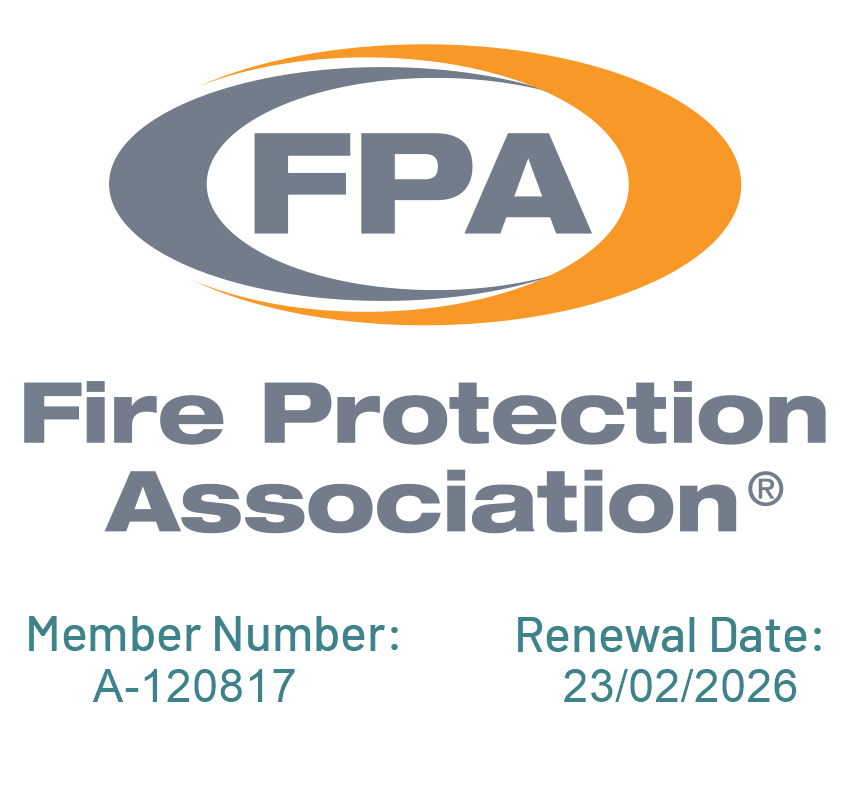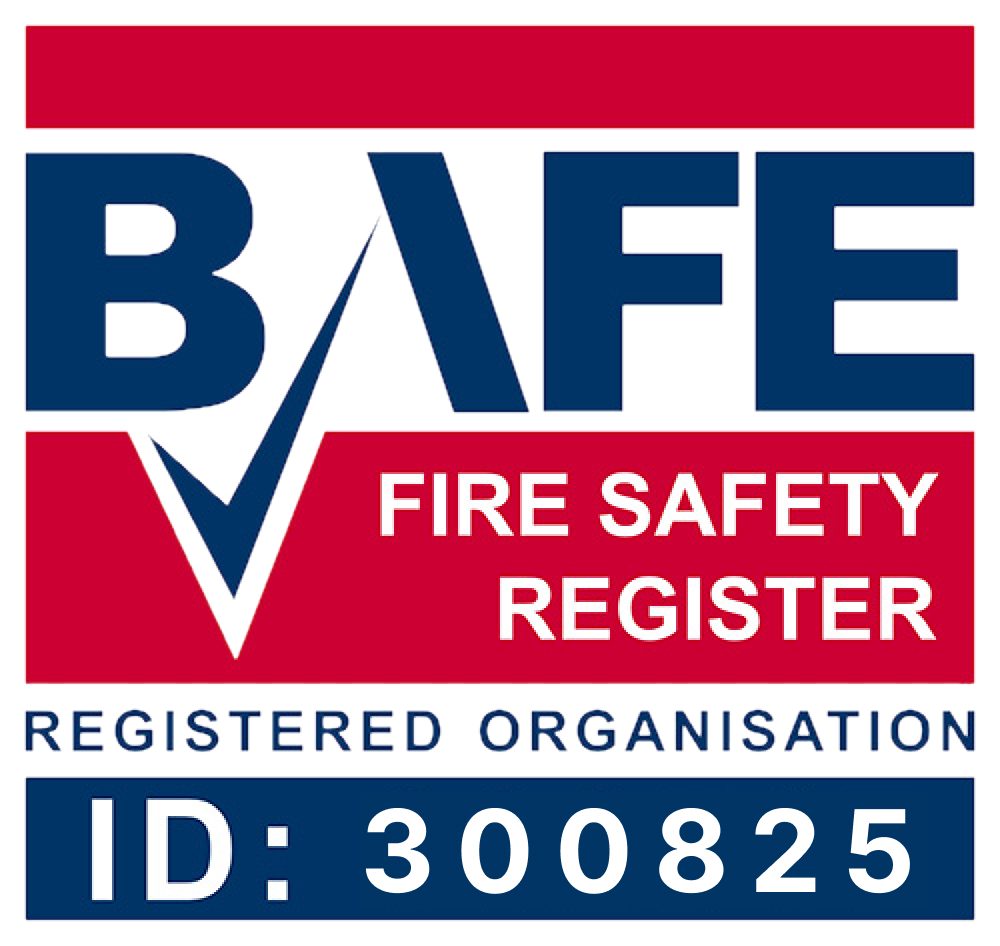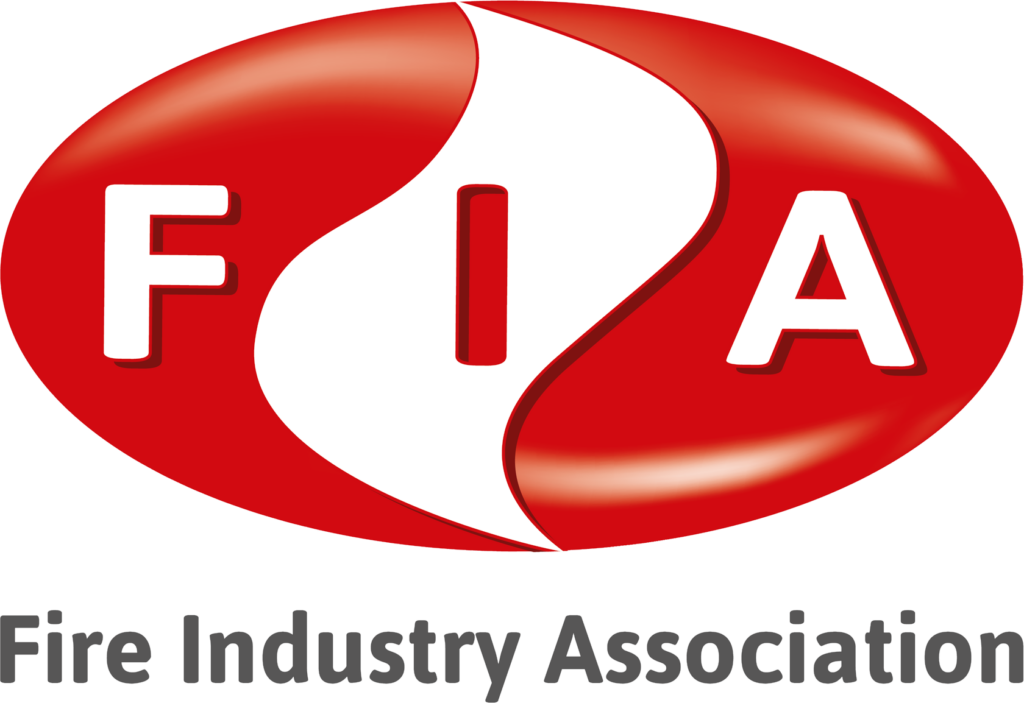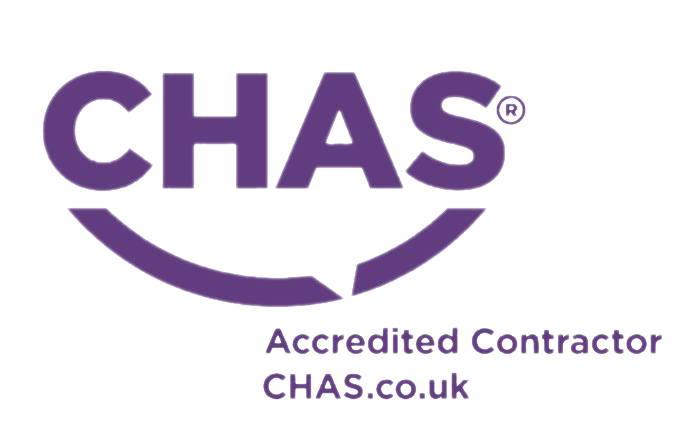Building Regulations Fire Safety (Part B) – Buildings other than Dwelling Houses FAQs

Building Regulations Fire Safety (Part B) – Buildings other than Dwelling Houses FAQs
Requirement B1 Means of Warning and Escape
For the purposes of Part B of the Building Regulations, the recommended system is considered to be adequate. The system itself should, therefore, be installed in accordance with the guidance from BS 5839.
BS 5839-1:2013 Fire detection and fire alarm systems for buildings – Part 1: Code of practice for design, installation, commissioning and maintenance of systems in non-domestic premises
BS 5839-6:2013 Fire detection and fire alarm systems for buildings – Code of practice for the design, installation, commissioning and maintenance of fire detection and fire alarm systems in domestic premises
BS 5839-6 is the key standard for fire detection in domestic premises. It is written to assist the non-specialist in compliance and will help make installations easier to audit. The standard is used by enforcing authorities and contractors, and applies to domestic premises accommodating single families, houses in multiple occupations (HMOs) and sheltered housing (housing and common areas). It applies both to new and existing housing.
Fire alarm instalment throughout a block of flats
The guidance in B1 Section 1 of the Approved Document (fire alarm and fire detection systems) is not intended to be applied to the common parts of blocks of flats and does not include a provision to interconnect installations in separate flats.
Fire detection devices may need to be provided in some blocks to actuate automatic smoke control systems in the common parts of the building in accordance with paragraph 2.25. Such devices are not expected to be linked to a common alarm system.
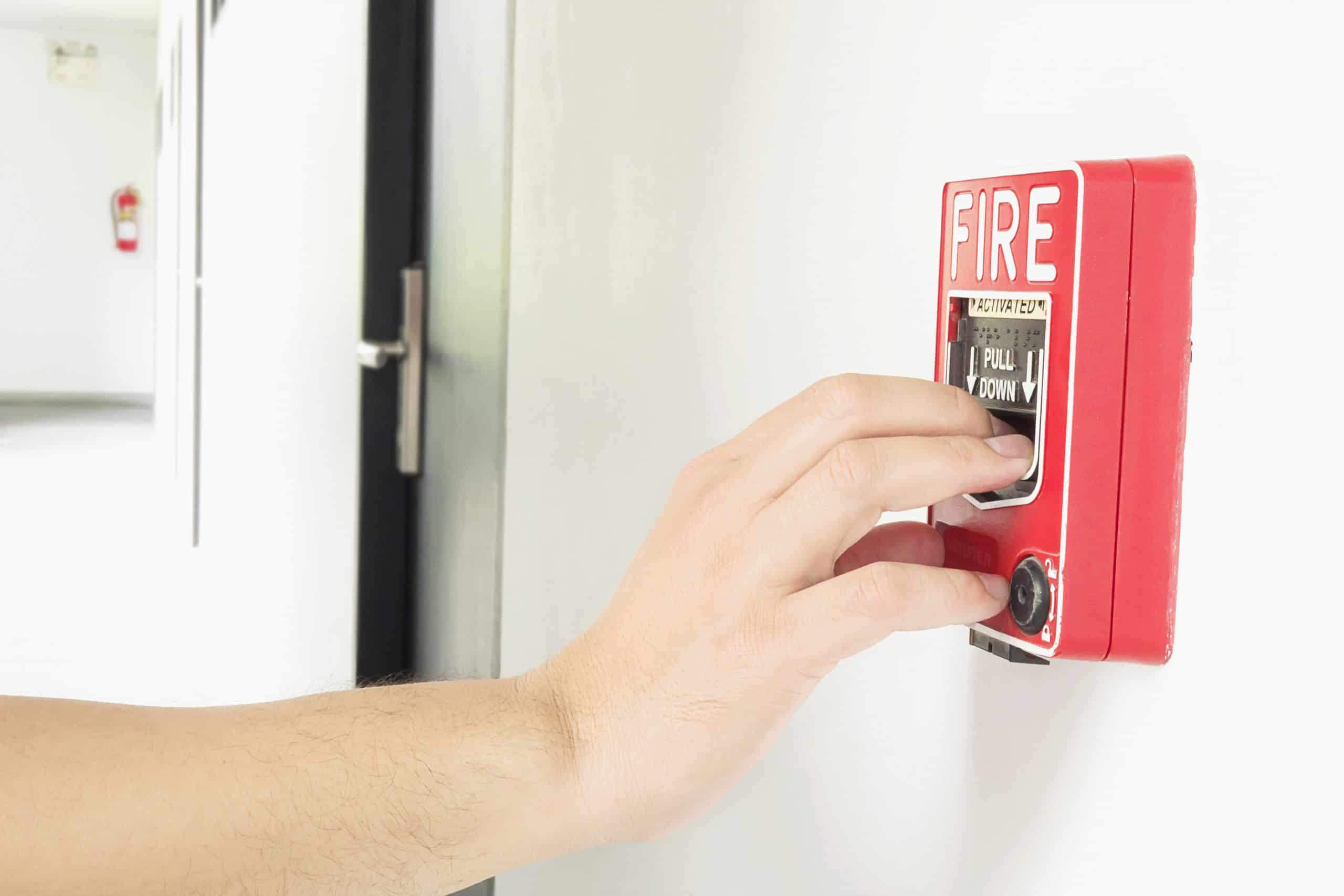

Door closers for protected entrance hall mall blocks of flats with no common lobbies
Door closers are not required for internal fire doors in flats, when they are being used to provide lobby protection for a common stair.
However, the requirement for the provision of fire-resisting doors remains as does the advice to householders that doors should be kept shut, especially at night.
How to measure 7.5m vertical distance from the entrance storey of the building or the entrance storey of the flat
The vertical distance referred to in paragraph 2.16 c. should be measured from the entrance storey of the flat, not the entrance floor of the building.
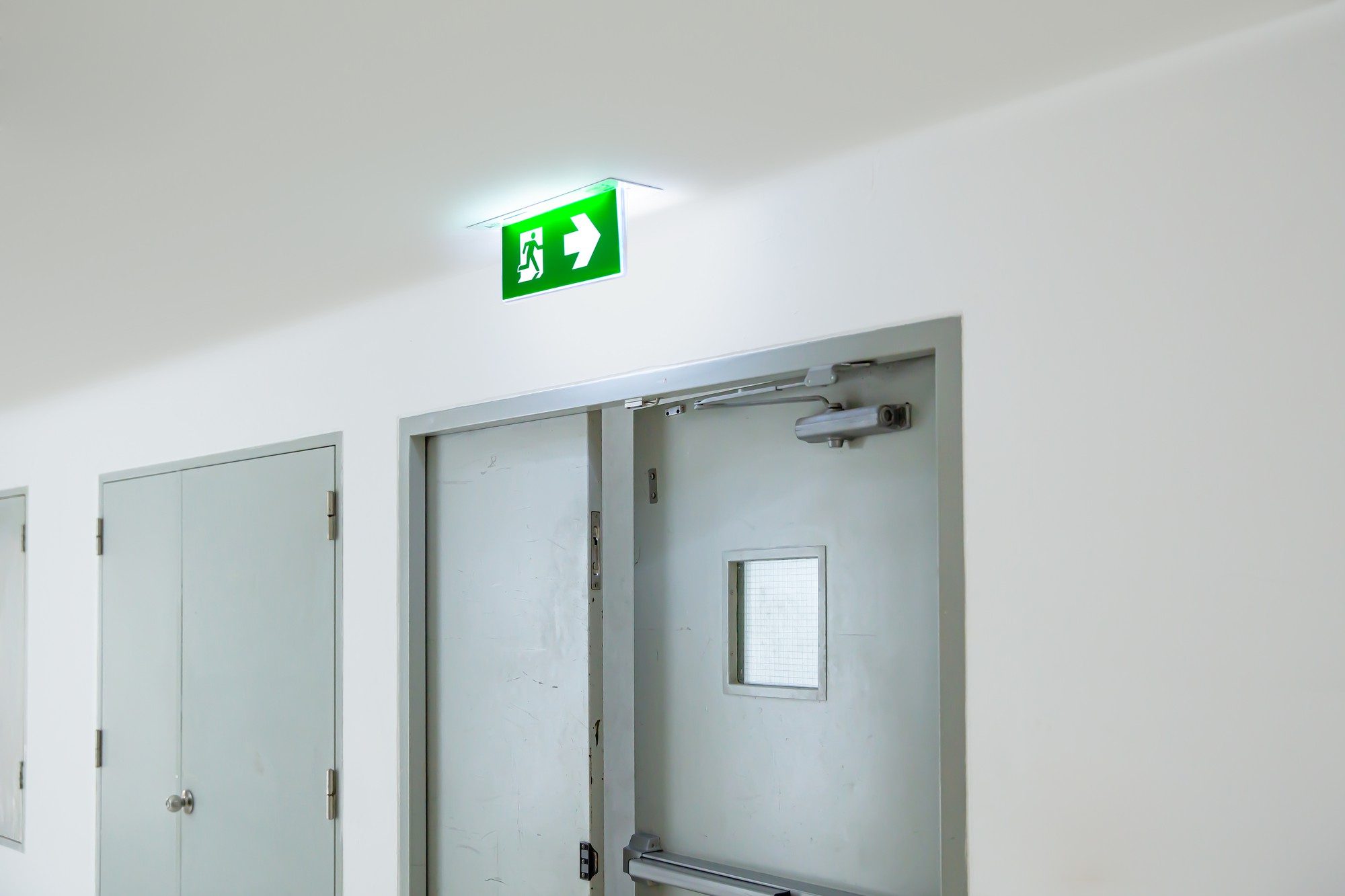

1 bed and not 1 person rule for care homes
Paragraph 3.49 in Volume 2 of AD B states; Bedrooms should not contain more than one bed (this includes a double bed). This is for a design without sprinklers, relying upon fire-resisting construction to protect occupants that are remote from the seat of fire.
Research has shown that people who are in intimate contact with a fire, for example where clothing or bed linen is alight, are unlikely to benefit from the operation of sprinklers. However, where sprinklers are provided, people who may be in the same room but not in intimate contact with the fire (for instance in another bed) will have an increased chance of survival.
Guidance for buildings in the industrial purpose group in Table 9 (Provisions for escape lighting)
The Industrial purpose group should be included in Item 2 in the table with Office, Storage and Other non-residential uses.
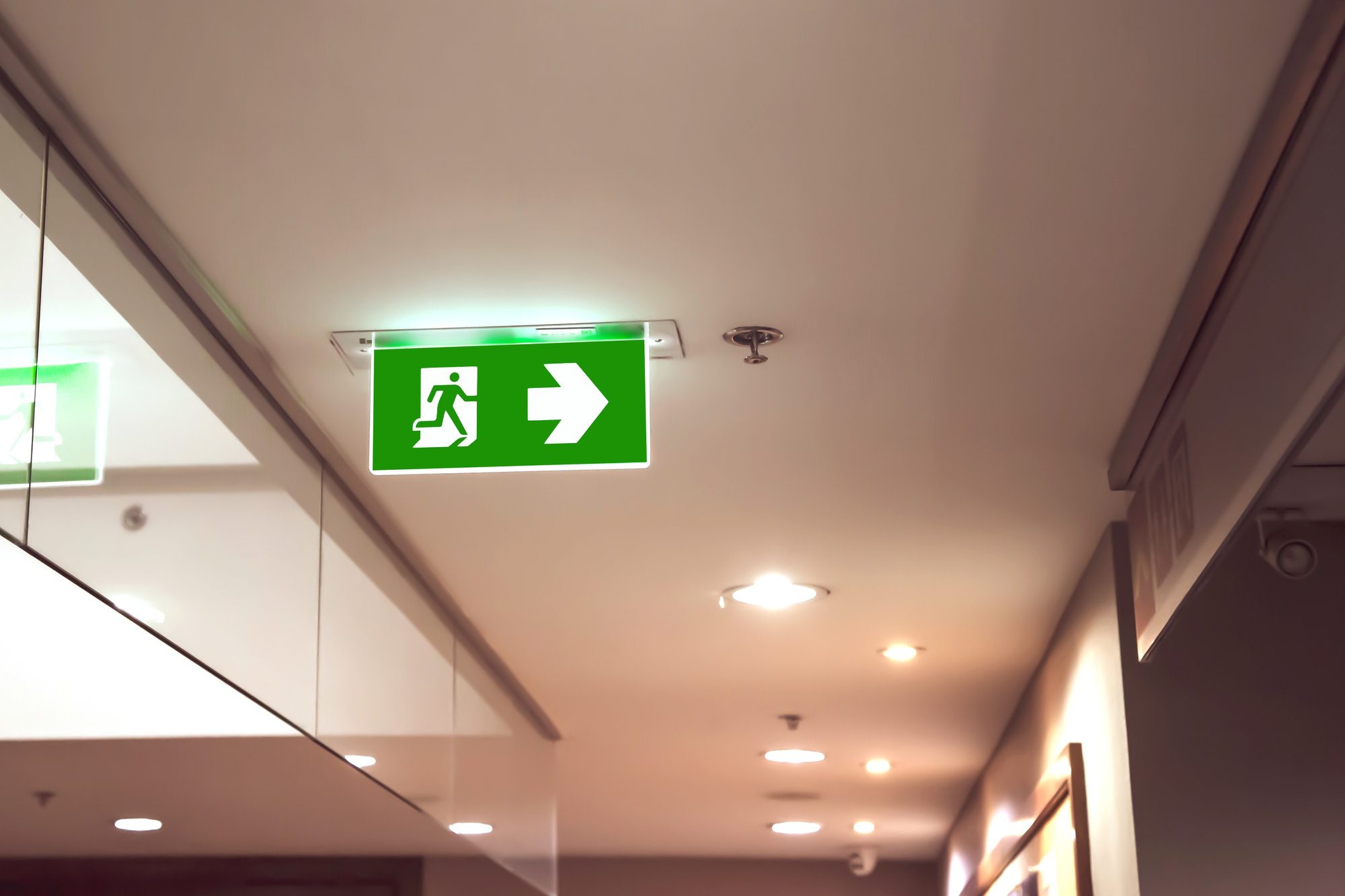

Requirement B3 Internal Fire Spread (structure)
Are lift landing doors which have been tested and classified in accordance with the European standard EN 81-58 an adequate alternative to Doors tested and classified to BS 476 part 22?
The Department has commissioned some comparative testing of doors using these two standards. The conclusions of this work are that for the purposes of Item 2.d of Table B1(provisions for fire doors) of Approved Document B (Vol2), results from EN 81-58 tests can be accepted as equivalent to BS 476 part 22.
Sprinkler Systems in areas exceeding 200m2
Regulation 4 of the Building Regulations 2000 states that “building work” should comply with the applicable requirements contained in Schedule 1. Regulation 4(2)a then goes on to state that, “after the work is completed, the building as a whole should comply with the applicable requirements of Schedule 1 or, where the building did not previously comply with any such requirement, is no more unsatisfactory in relation to that requirement than before the work was carried out.”
Where an existing premises is extended such that the final floor area is greater than 2000m2 (whether it exceeded this value previously or not) then the building as a whole may be less satisfactory in relation to requirement B3(3) than before the work was carried out.
Therefore, the building would have to be either subdivided to limit the compartment size, fitted with sprinklers or some other solution would be necessary in order to satisfy regulation 4(2) in relation to requirement B3.
Regulation 4(2) must be judged against the requirements set out in Schedule 1 rather than the Approved Document. B3(3) requires sub-division of the building “to an extent appropriate” to its size and intended use and it may be that some buildings will still comply with B3(3) by virtue of its intended use even though they have been extended without further capitalisation.
In blocks which are taller than 30m in height, all the individual flats throughout the building should be sprinklered. However, it would not be necessary to provide them in common areas such as stairs, corridors or landings.
Increasing the period of fire resistance of the compartment walls between flats beyond that specified in the Approved Document is unlikely to have any significant impact on the safety of occupants of the building and would have no discernible benefit to persons in the flat where the fire has started.
It is estimated that the provision of a BS 9251 sprinkler system within a dwelling will reduce fire-related casualties by around 70%. Whilst it would be desirable to install such systems in all dwellings it was decided that it would only be reasonable to impose this on larger buildings.
The 30m trigger height is considered to be a logical provision which aligns with the provisions for sprinkler protection for other building uses.
There may be alternative fire suppression systems that could be used where it can be demonstrated that a similar level of performance as would be provided by a BS 9251 sprinkler system can be achieved.
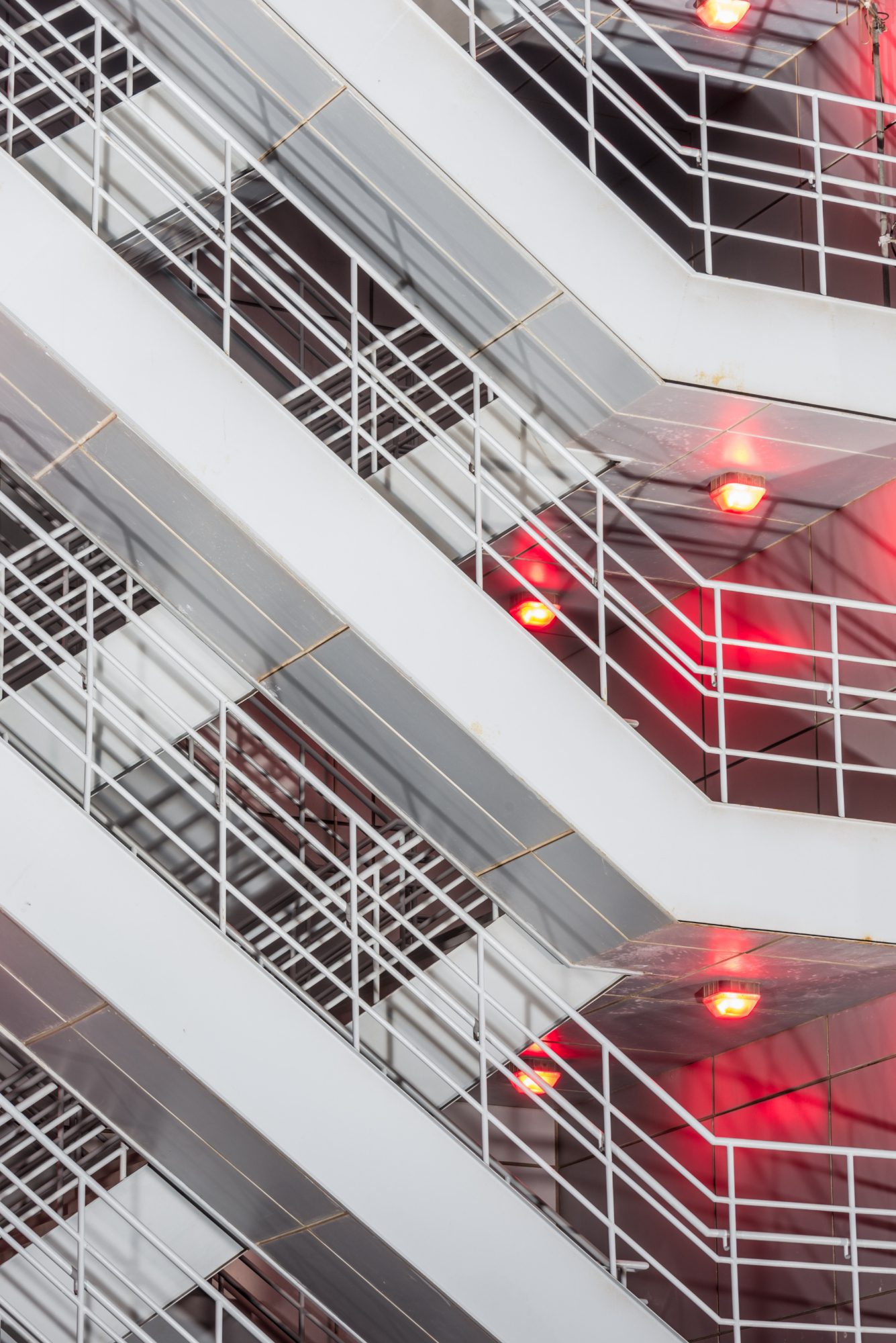
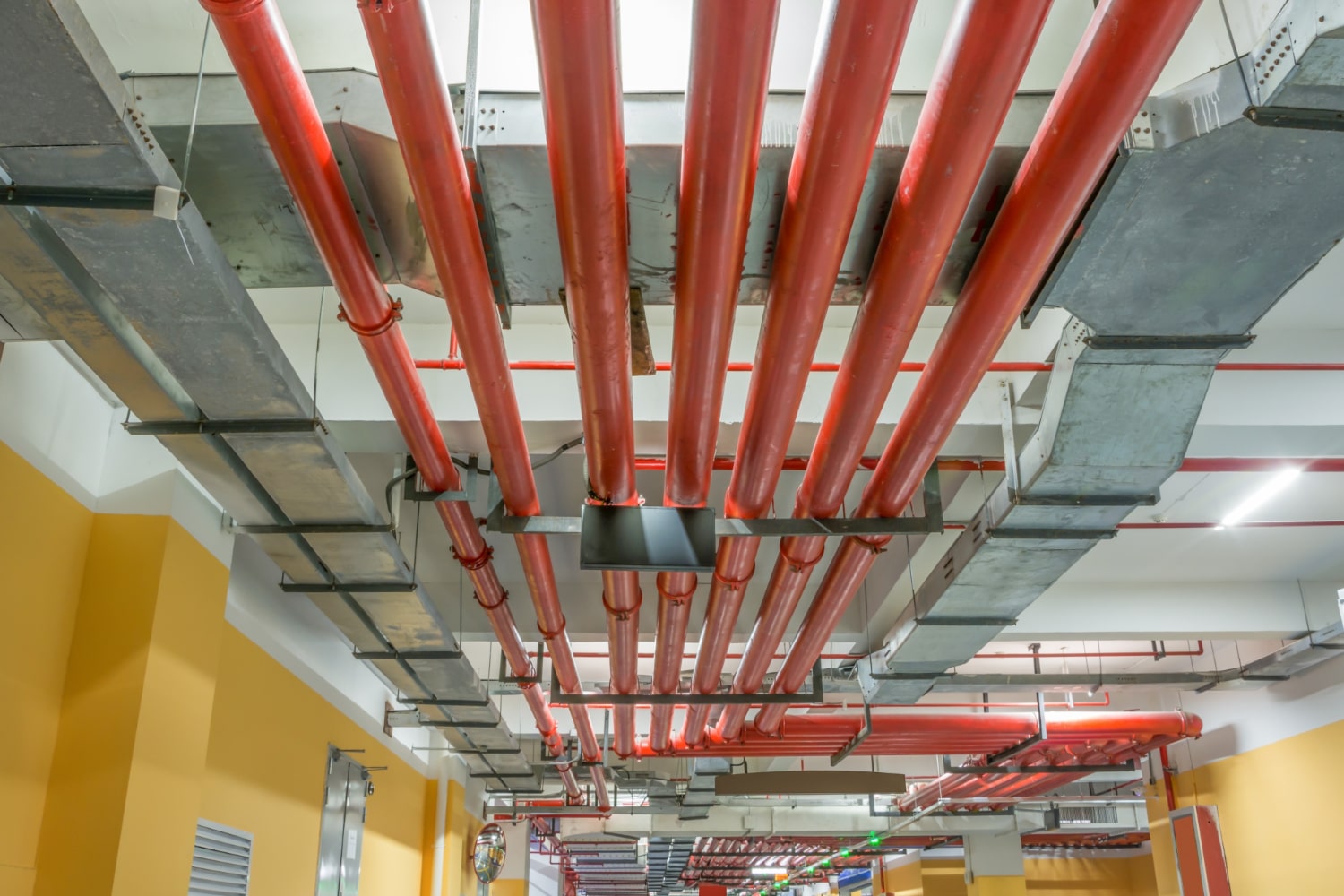
Cavity Barriers
Cavity barriers are provided to reduce the risk from unseen fire spread within concealed spaces in accordance with requirement B3(4) of the Building Regulations. The principle of paragraph 9.12 is that it relates to a concealed space over a single undivided room (such as an open-plan office). Because the room below the space is undivided, the occupants will be able to see a fire develop and react to the changing hazard, thus cavity barriers within the space above are less important than with a cellular layout. The conditions in paragraph 9.12 are intended to reduce the risk of a fire starting/spreading in the undivided void and to prevent fire entering the void from outside the room which is not visible to its occupants.
Requirement B5 Access and facilities for the fire service
Maximum hose distance
The 45m criterion is based on the physiological demands on firefighters engaged in search and rescue and on the restrictions that may be imposed by their equipment.
When considering hose length it is important to appreciate that, in practice, hoses have a tendency to “snake” when charged thus limiting their effective length. It is also common practice to trim the ends of hoses where they become damaged. The time and effort it takes to layout a hose may also be an important factor.
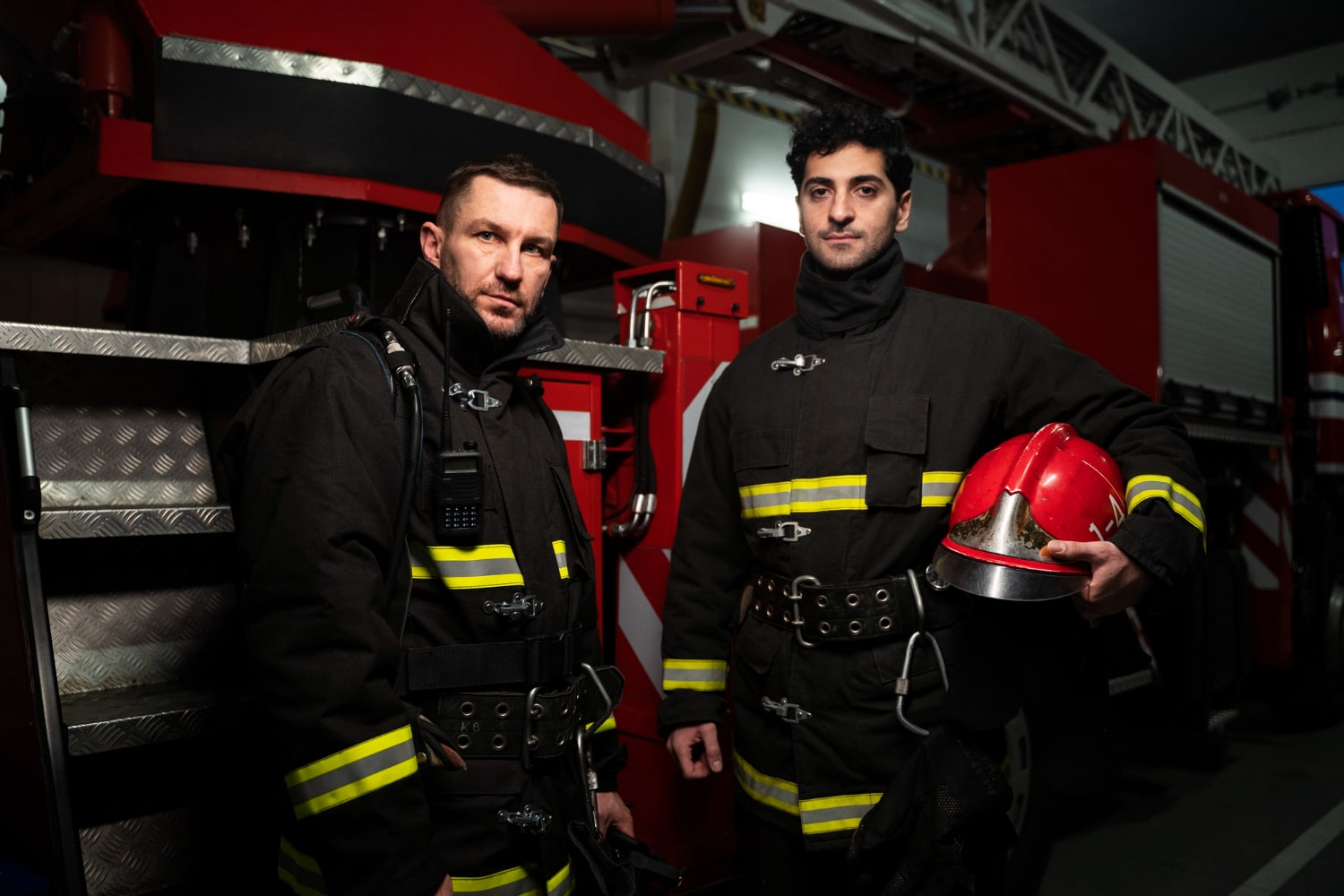
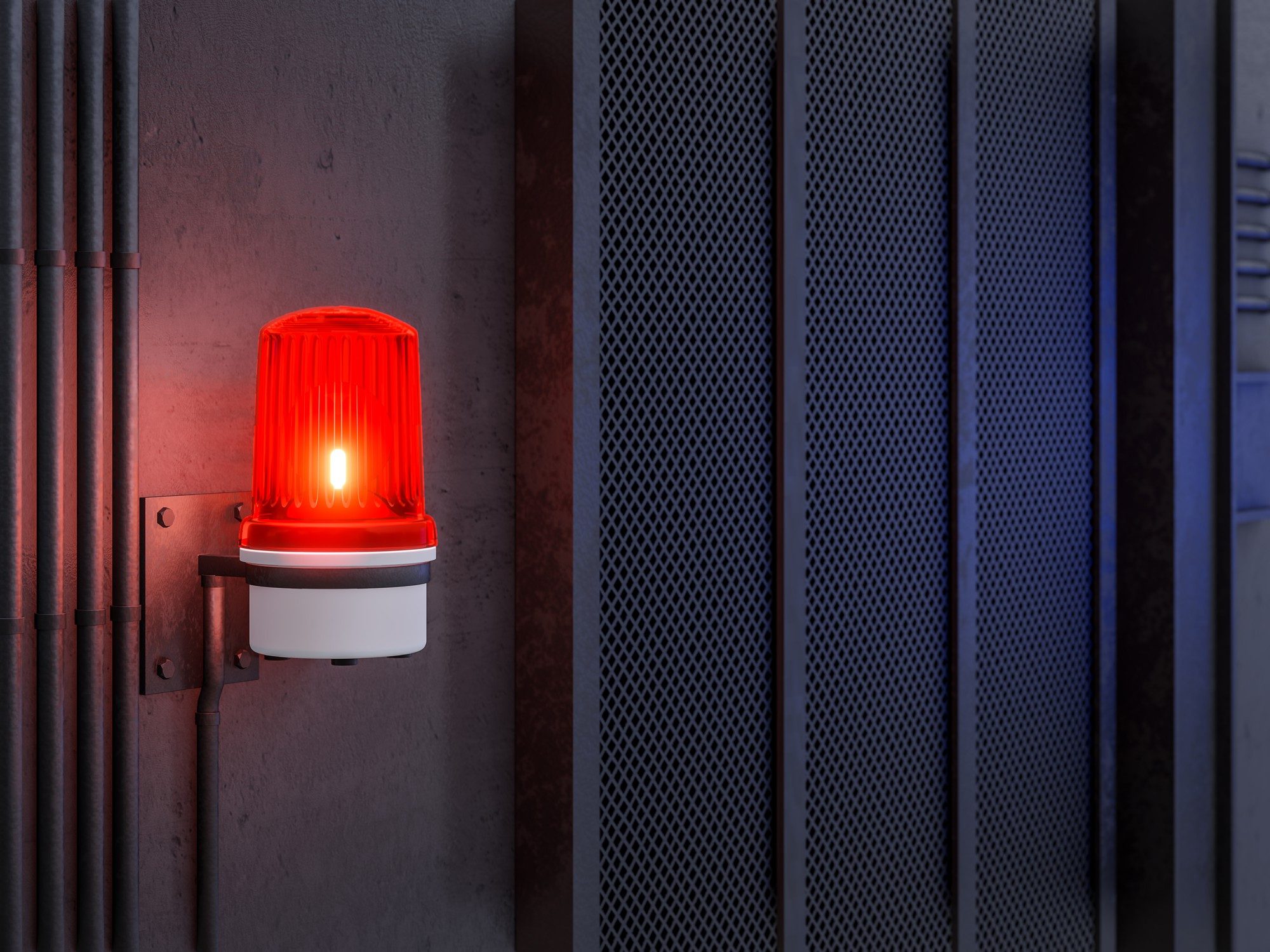
45m rule for fire fighting access in buildings not fitted with fire mains measurement
Guidance in both volumes of the Approved Document Part B states there should be vehicle access for a pump appliance to within 45m of all points within dwellings. This is to take account of the actual distance that the Fire & Rescue Service need to carry kit and lay hoses from the vehicle to a potential point of fire.
Guidance in Approved Document Part B for distance of vehicle access for a pump appliance
Guidance in Approved Document Part B states that there should be vehicle access for a pump appliance to within 18m of the dry main connection point. This is to take account of the actual distance that the firefighters need to carry kit and lay hoses from the vehicle to the building and the time it takes to charge the main.
In some situations where the 18m distance cannot easily be met, it may be acceptable to extend the connection point beyond the face of the building to reduce the distance. However, this will not, on its own, reduce the physiological impact on firefighters of travelling long distances whilst carrying heavy equipment.
Where it is proposed to adopt an alternative approach to meeting requirement B5 (Access and facilities for the fire service) it would be advisable to seek the advice of the fire and rescue service who can advise on the practicalities of fire fighting.
The above compilation was done to our best knowledge and only reflects a small part of the relevant fire safety guidance. This text cannot be a replacement for reading the original texts. It can also be out of date. This editorial is intended to give the reader a rough overview of this complex area of legislation and recommendations. For a more detailed assessment, the reader is advised to ask a fire risk assessor and provide a written assessment.

Head Office
IQ Fire Solutions Ltd, 144 North Street, Romford Essex RM1 1DL, United Kingdom
Company Registration No
06577219
VAT Registration No
931 0720 61



